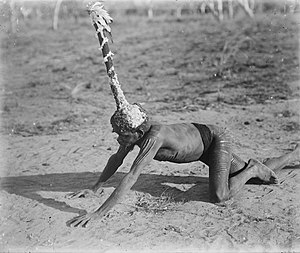IND/Who Are Indigenous Peoples Globally?
Indigenous peoples live in Australia but also in other parts of the world, such as New Zealand, Japan, North and South America, Europe and Asia. Indigenous peoples around the world have very different cultures but share similar experiences of being colonised and continue to deal with the presence of other people living on their land.
The United Nations (UN) does not have a ‘universal definition’ of indigenous peoples and does not consider it necessary. It does have a ‘working definition’ which contains the following elements:
- “Self- identification as indigenous peoples at the individual level and accepted by the community as their member.
- Historical continuity with pre-colonial and/or pre-settler societies
- Strong link to territories and surrounding natural resources
- Distinct social, economic or political systems
- Distinct language, culture and beliefs
- Form non-dominant groups of society
- Resolve to maintain and reproduce their ancestral environments and systems as distinctive peoples and communities.” (United Nations, n.d., p. 1)
Moieties
A major structuring principle of Aboriginal societies in Australia is the moiety system. The term moiety basically means two halves of one whole. Under the moiety system each group is divided into two moieties, with each individual assigned to a moiety group depending on whether the group is matrilineal (following the line of the mother) or patrilineal (following the line of the father).
There are usually at least four divisions within each moiety.
Moieties encompass people, the land, waterways and celestial environment. They also govern relationships to flora and fauna and custodianship of ceremony, song, art and dance.
Moieties govern(ed) marriage, with partners chosen from:
- The opposite moiety
- The same generation level (in some instances)
- A different division.
Totems
The Ancestors of the Dreaming could take the form of human and animals, birds, fish and reptiles and as they moved around the landscape they created Dreaming tracks and places of varying degrees of sacredness. When children are conceived, they are imbued with the spiritual essence of the Dreaming Ancestor whose spiritual essence lies in that location and are subsequently related to all other people with that totem across Australia. In this way, each person belongs to a totem or shares the same spiritual essence as their Ancestral being and all the places, songs, stories, rituals and art that belong to that particular Dreaming Ancestor and become custodians of those sacred places, ceremonies, songs, art and stories because they are a part of them.
